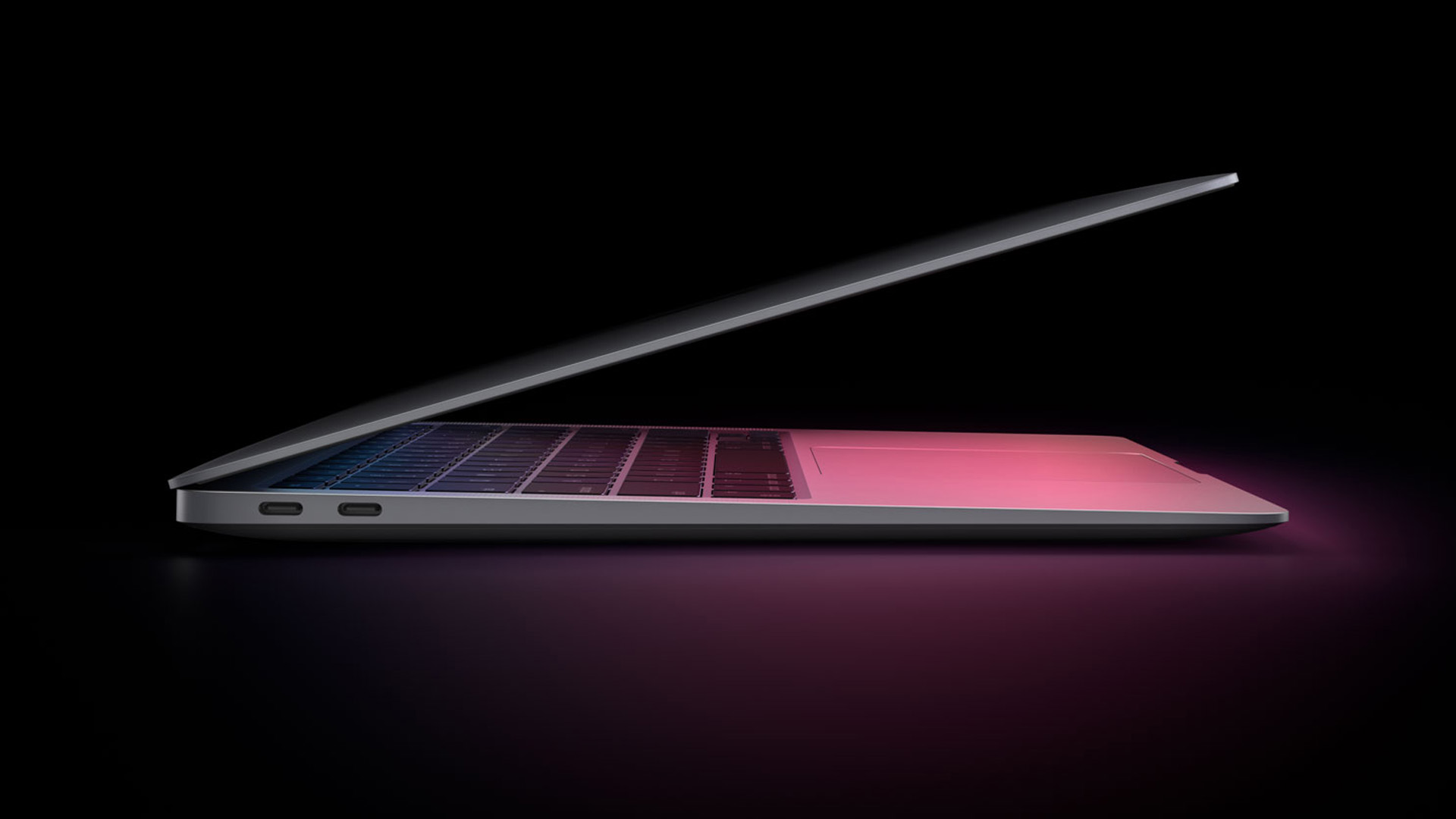

A new report from research group Omnia (via OLED-info) has said that while the number of laptops sold with OLED screens (rather than the more-common LCD displays) has increased dramatically recently, we shouldn't expect the more advanced screens to become common any time soon, across PCs or MacBooks. The report says that even in five years time, the amount of laptops sold with OLED screens may only just break the 10% mark.
This is in stark contrast to smartphones in countries like the UK and US, for example, where OLED is common in all the best phones overall, and even most of the best cheap phones.
So if you've seen how great phone screens look and are hoping that the next laptop you buy will have the same quality, well… it doesn't look great, unless you specifically want to hunt down the few models that do include them. There are options in our list of the best laptops, so you could certainly do your bit to raise the figures.
OLED screens are generally superior to LCD screens because each of the pixels emits its own light, whereas in LCD screens a backlight shines through the pixels, which can cause imprecisions in the image quality.
There are two downsides to OLED screens, though, that hold them back – and one of them is the reason why actually it's not such a bad thing that few laptop include OLED currently.
Double OLEDged sword
The first, and simpler, reason is that OLED screens are way more expensive than your average LCD screen. That means you'll only find them in more premium laptops, which are a much smaller portion of sales than more affordable options. OLED prices keep dropping over time, but not dramatically enough to suddenly turn things around.
The second and more involved reason is that OLED screens are more delicate than LCD displays. They have a shorter expected lifespan of showing flawless images, and they're at risk of something called 'burn-in', where images might appear in a ghostly form on the screen even when you're doing something else.
Sign up to the T3 newsletter for smarter living straight to your inbox
Get all the latest news, reviews, deals and buying guides on gorgeous tech, home and active products from the T3 experts
Burn-in occurs when a shape is left on an OLED screen for a long time. The pixels get stuck retaining some of that shape information, and so it haunts other things you do. This tends to happen if there's an interface element that always stays in the same place on-screen. On TVs, this is now rare in OLED TVs, because few TVs are used in quite this way.
But it makes burn-in a big danger on laptops or tablets, because these operating systems leave things like the Windows Task Bar or macOS Menu Bar on-screen at nearly all times. Or if you spend all day in Word, you might get its many menus hanging around when you try to watch a film.
Burn-in does happen on phone screens, but people tend to change their phones more often than they do a laptop or tablet, so it's not a big on-going problem.
But it's why OLED is only really recommended on laptops for people who know what they're getting into. And it's why Apple is apparently years away from launching an OLED iPad, even though it's obviously technically capable of making one today.
What Apple – and, really, the whole laptop and tablet world – is waiting on is the hope that 'tandem' OLED screens will reach their promise. This is a way of making OLED screens that should expand their life expectancy and reduce burn-in problems.
That's why for now, I think it's for the best that we don't focus too much on OLED screens in laptops. In the meantime, the really exciting technology is mini-LED, which enables similar levels of image quality of OLED, but without the downsides. Just read our Apple MacBook Pro 14-inch and 16-inch review for more on how great this looks – that's the technology I hope spreads out over the next five years, and will be in my next laptop.
Matt is T3's former AV and Smart Home Editor (UK), master of all things audiovisual, overseeing our TV, speakers and headphones coverage. He also covered smart home products and large appliances, as well as our toys and games articles. He's can explain both what Dolby Vision IQ is and why the Lego you're building doesn't fit together the way the instructions say, so is truly invaluable. Matt has worked for tech publications for over 10 years, in print and online, including running T3's print magazine and launching its most recent redesign. He's also contributed to a huge number of tech and gaming titles over the years. Say hello if you see him roaming the halls at CES, IFA or Toy Fair. Matt now works for our sister title TechRadar.

